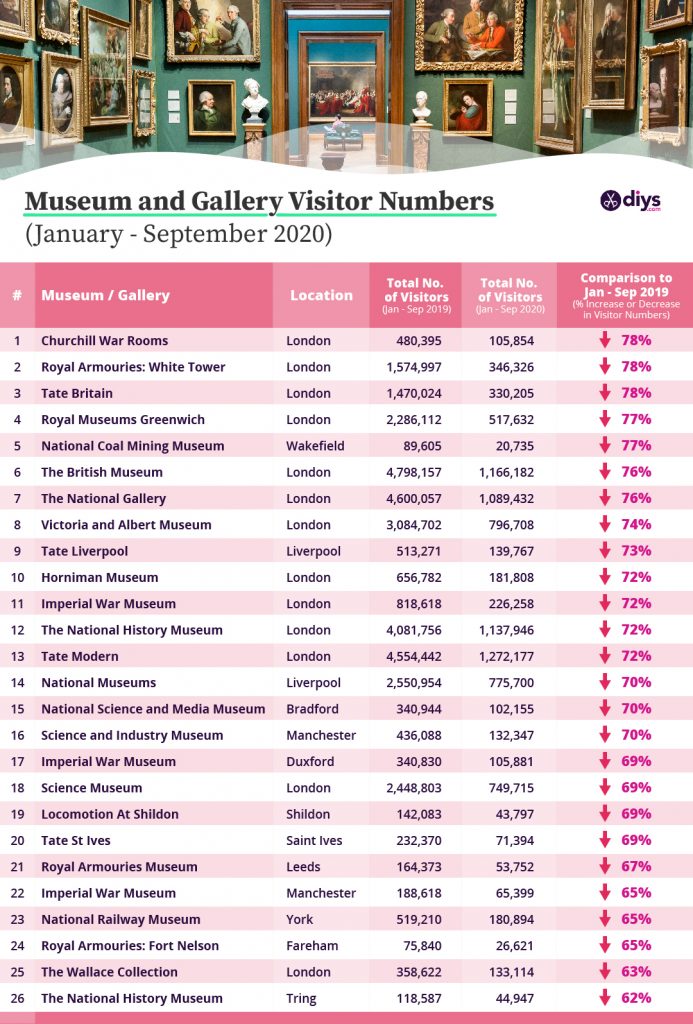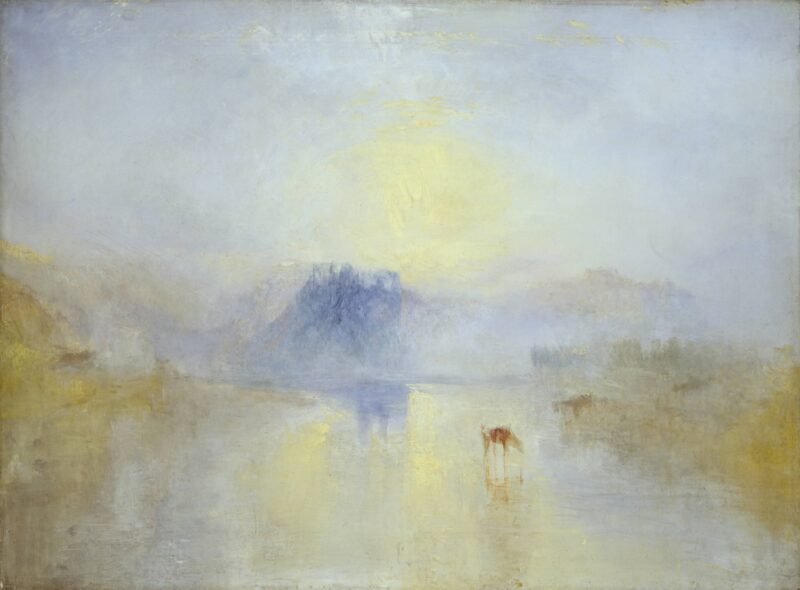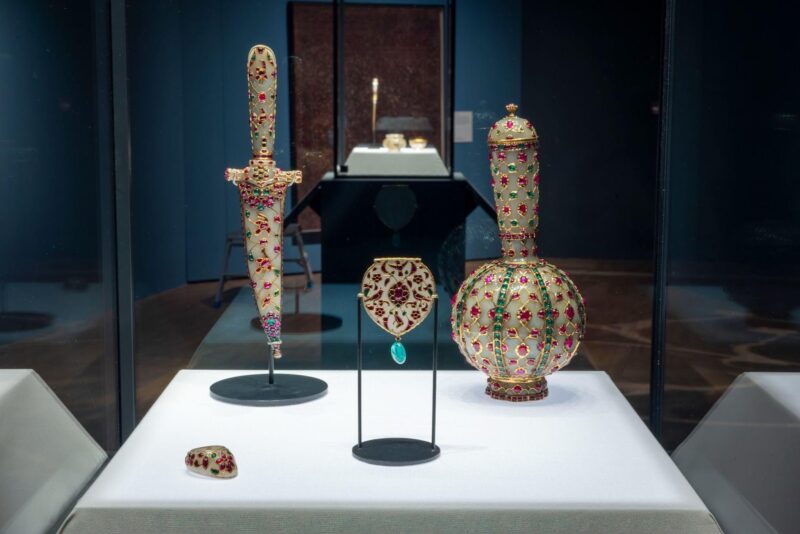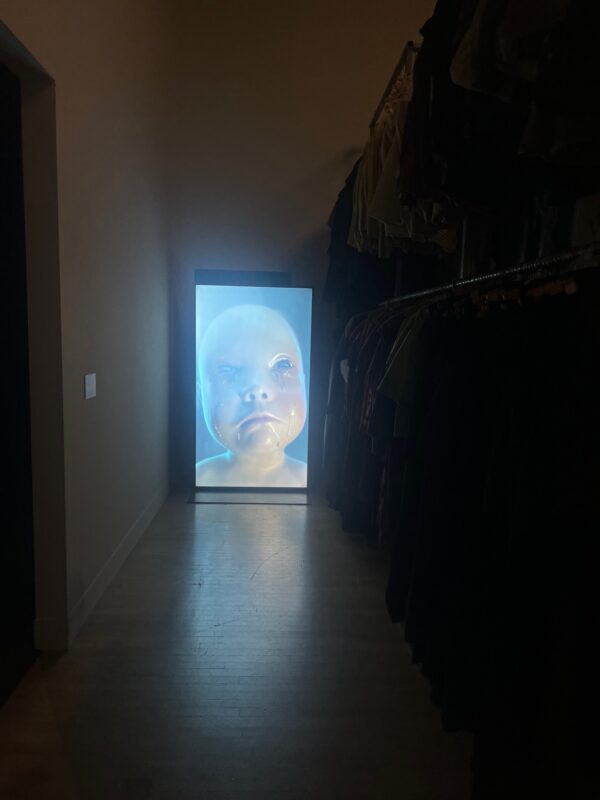
The UK’s wide array of museums and galleries had no choice but to close their doors multiple times last year (2020) as the country became overwhelmed by the Covid-19 pandemic.
New research from Diys.com has found that overall, from all the reviewed museums and galleries in their research, there was an average 74% decrease in visitor numbers from January to September 2020.
Churchill War Rooms, Royal Armouries: White Tower and Tate Britain each experienced a 78% decrease in visitor numbers between January – September 2020 when compared to January – September 2019.
Notably from the three iconic London institutions, the Royal Armouries: White Tower (1,228,671) and Tate Britain (1,139,819) had over one million fewer visitors through their doors in contrast to 2019.
In joint second position is the Royal Museums Greenwich in London and the National Coal Mining Museum in Wakefield, as they both saw a 77% decline in visitor numbers between January to September 2020.
During this period, Royal Museums Greenwich welcomed 1,768,480 fewer people and the National Coal Mining Museum 68,870 fewer people when mirrored against their respective visitor figures from January to September 2019.
Tied in third place is the British Museum and the National Gallery, as they both experienced a drastic 76% fall in visitors. From January to September 2020, the British Museum entertained 3,631,975 fewer visitors when compared to the same time frame the year before. Whilst, 3,510,625 less people enjoyed the paintings at the National Gallery between January to September 2020 when in contrast to January to September 2019.
Victoria and Albert Museum (74%), Tate Liverpool (73%), Horniman Museum (72%), Imperial War Museum (72%), the National History Museum (72%) and Tate Modern (72%) are among the other museums and galleries where visitor numbers diminished by more than 70% during January – September 2020.
On the other end, the National History Museum in Tring had the lowest drop in visitor numbers at 62%. The museum welcomed 44,947 guests to their site from January to September last year – still a significant fall when considering the 118,587 people that came between January to September 2019.








